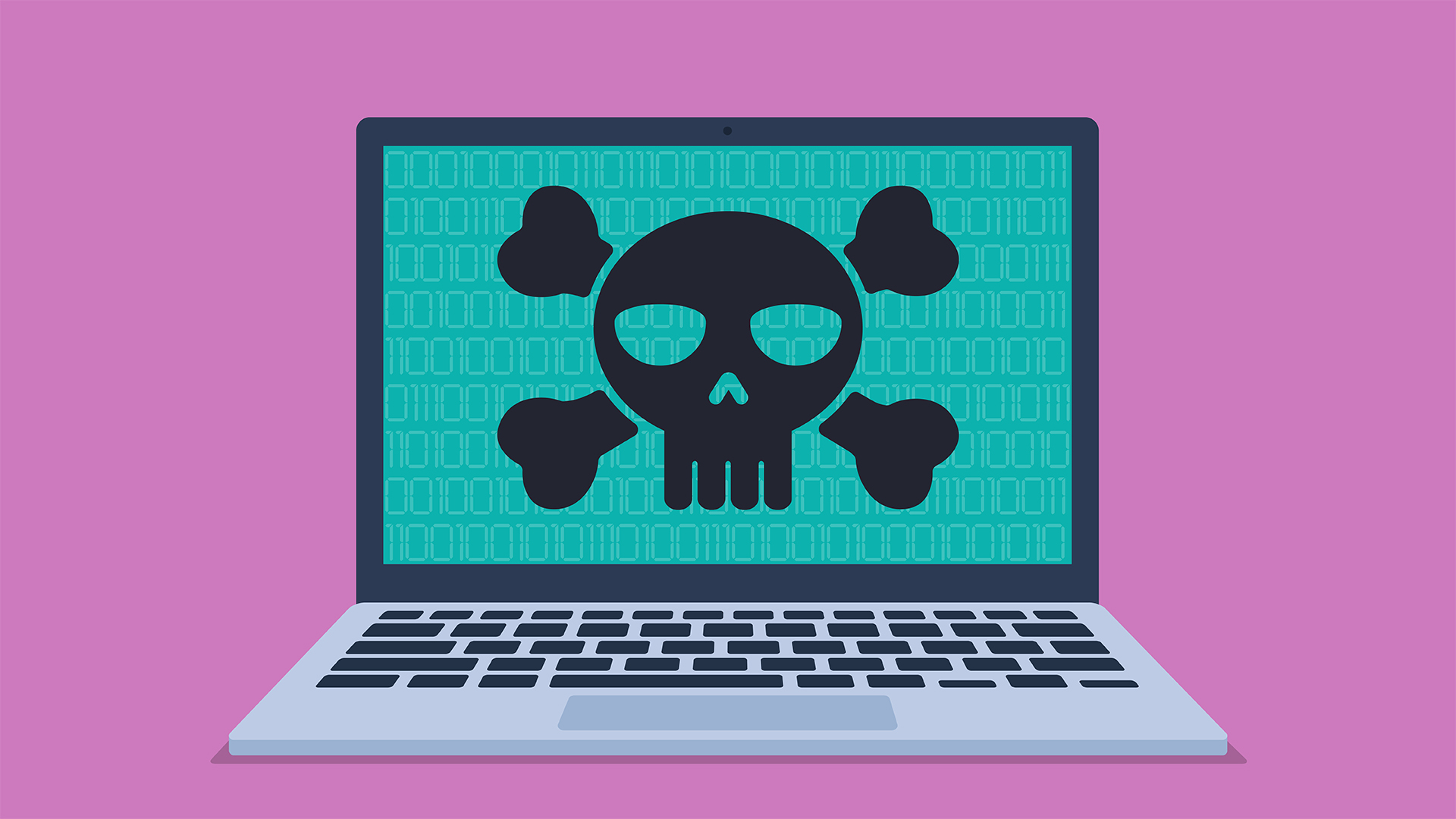US federal judiciary agency hit by 'escalated cyber attacks' which exposed highly sensitive data
The agency says it plans to step up cybersecurity capabilities in the wake of the incident


The US federal judiciary agency has fallen victim to what it is calling 'escalated cyber attacks' targeting its electronic case filing system.
The attack involved the breach of data from Case Management/Electronic Case Files, used by legal professionals to upload and manage case documents, and PACER, which gives the public limited access to the same data.
Information exposed includes sealed indictments detailing information about alleged crimes that is not available to the general public, along with arrests and search warrants.
"The vast majority of documents filed with the Judiciary’s electronic case management system are not confidential and indeed are readily available to the public, which is fundamental to an open and transparent judicial system," said the Administrative Office of the United States Courts.
"However, some filings contain confidential or proprietary information that are sealed from public view. These sensitive documents can be targets of interest to a range of threat actors.
The judiciary said it is working with Congress, as well as the Department of Justice, the Department of Homeland Security, and others, to mitigate the risks and impacts of these cyber attacks.
Who’s behind the federal judiciary attacks?
It's not yet clear how the hackers gained access, nor who was responsible for the attack, although it's suspected to be nation state-affiliated actors.
Sign up today and you will receive a free copy of our Future Focus 2025 report - the leading guidance on AI, cybersecurity and other IT challenges as per 700+ senior executives
Nick Tausek, lead security automation architect at Swimlane, described the incident as a “serious breach with far-reaching implications” due to the nature of the data exposed.
"What’s especially concerning is how little is still known about the attack, including the method of entry, the actors behind it, and the full scope of the breach,” Tausek said.
“While investigations are still underway, the limited visibility may point to the involvement of a highly sophisticated threat actor, gaps in cybersecurity measures, or a combination of both."
The breach is just the latest in a series of attacks, which have led to calls for improvements in security.
In June, Court of Appeals judge Michael Scudder testified before a House Judiciary subcommittee, pledging to modernize the agency's IT systems and introduce more rigorous procedures to restrict access to sensitive documents.
He said that replacing Case Management/Electronic Case Files and PACER was a top priority, but that this would take time.
"It’s reassuring to see the chair of the Committee on Information Technology for federal courts call for modernization of the department’s cybersecurity defenses. The sooner these measures are implemented, the better," said Tausek.
"Additionally, proactive security measures should be incorporated into the federal courts systems’ defenses in order to mitigate future attacks that will inevitably be inspired by the success of this one.”
Campaign group Fix The Court said that the Federal Judiciary needs to speed up its modernization work if it's to avoid similar attacks in the future.
"You know what would fix this? The Open Courts Act, a bill that would beef up cybersecurity by using modern technology to maintain the court records system, replacing the awkward, patchwork architecture exists today," it said. "Without it, this is going to happen again."
Make sure to follow ITPro on Google News to keep tabs on all our latest news, analysis, and reviews.
MORE FROM ITPRO
Emma Woollacott is a freelance journalist writing for publications including the BBC, Private Eye, Forbes, Raconteur and specialist technology titles.
-
 I couldn’t escape the iPhone 17 Pro this year – and it’s about time we redefined business phones
I couldn’t escape the iPhone 17 Pro this year – and it’s about time we redefined business phonesOpinion ITPro is back on smartphone reviews, as they grow more and more intertwined with our work-life balance
-
 When everything connects, everything’s at risk
When everything connects, everything’s at riskIndustry Insights Growing IoT complexity demands dynamic, automated security for visibility, compliance, and resilience
-
 NHS supplier DXS International confirms cyber attack – here’s what we know so far
NHS supplier DXS International confirms cyber attack – here’s what we know so farNews The NHS supplier says front-line clinical services are unaffected
-
 LastPass hit with ICO fine after 2022 data breach exposed 1.6 million users – here’s how the incident unfolded
LastPass hit with ICO fine after 2022 data breach exposed 1.6 million users – here’s how the incident unfoldedNews The impact of the LastPass breach was felt by customers as late as December 2024
-
 Researchers claim Salt Typhoon masterminds learned their trade at Cisco Network Academy
Researchers claim Salt Typhoon masterminds learned their trade at Cisco Network AcademyNews The Salt Typhoon hacker group has targeted telecoms operators and US National Guard networks in recent years
-
 Trend Micro issues warning over rise of 'vibe crime' as cyber criminals turn to agentic AI to automate attacks
Trend Micro issues warning over rise of 'vibe crime' as cyber criminals turn to agentic AI to automate attacksNews Trend Micro is warning of a boom in 'vibe crime' - the use of agentic AI to support fully-automated cyber criminal operations and accelerate attacks.
-
 Cyber budget cuts are slowing down, but that doesn't mean there's light on the horizon for security teams
Cyber budget cuts are slowing down, but that doesn't mean there's light on the horizon for security teamsNews A new ISC2 survey indicates that both layoffs and budget cuts are on the decline
-
 NCSC issues urgent warning over growing AI prompt injection risks – here’s what you need to know
NCSC issues urgent warning over growing AI prompt injection risks – here’s what you need to knowNews Many organizations see prompt injection as just another version of SQL injection - but this is a mistake
-
 Chinese hackers are using ‘stealthy and resilient’ Brickstorm malware to target VMware servers and hide in networks for months at a time
Chinese hackers are using ‘stealthy and resilient’ Brickstorm malware to target VMware servers and hide in networks for months at a timeNews Organizations, particularly in the critical infrastructure, government services, and facilities and IT sectors, need to be wary of Brickstorm
-
 AWS CISO Amy Herzog thinks AI agents will be a ‘boon’ for cyber professionals — and teams at Amazon are already seeing huge gains
AWS CISO Amy Herzog thinks AI agents will be a ‘boon’ for cyber professionals — and teams at Amazon are already seeing huge gainsNews AWS CISO Amy Herzog thinks AI agents will be a ‘boon’ for cyber professionals, and the company has already unlocked significant benefits from the technology internally.
